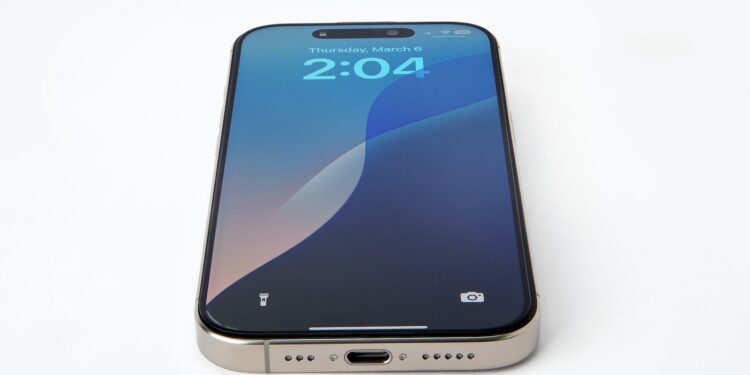In 2027, the iPhone will celebrate its 20th anniversary: 20 years since the first model. In typical Apple fashion, this event will likely not be celebrated simply with a special model, but with true technological innovation. According to a report by the South Korean website ETNews, Apple is working on a number of new features. One of them could be a real game-changer for iPhones: a new storage technology called Mobile High Bandwidth Memory, or Mobile HBM for short.
If you currently use an iPhone, your device's RAM uses so-called LPDDR memory. This is common practice in smartphones. While this is sufficient for simple applications, this memory has clear limitations for AI applications requiring large amounts of computing power. Apple wants to address this issue and, according to a report, is testing the use of Mobile HBM—a memory solution that has so far been used primarily in AI servers. This could enable the iPhone to run complex AI processes directly on the device in the future—without the cloud, without waiting time, and without battery debacles.
What exactly is Mobile HBM?
HBM is a type of memory in which DRAM chips are stacked vertically. These chips are connected to each other via tiny vertical connections called through-silicon vias (TSVs). This technology significantly increases signal transmission speed while maintaining a compact design. HBM is typically used in high-end servers that run AI models or power GPUs. In this context, it is often referred to as "AI memory." The mobile version – Mobile HBM – adapts this principle for smartphones. It offers very high data throughput with low power consumption and minimal space requirements. This is precisely what is crucial for mobile devices. Apple apparently wants to use precisely this technology to expand the AI capabilities of the iPhone. The focus is on directly processing large language models or complex image processing – directly on the device, without external servers.
Apple is apparently working with Samsung and SK hynix
According to ETNews , Apple has already held talks with major memory manufacturers, specifically Samsung Electronics and SK hynix. Both companies are currently developing their own versions of Mobile HBM. Samsung is using a packaging technology called Vertical Cu-post Stack (VCS), while SK hynix is pursuing a different approach with Vertical Wire Fan-Out (VFO). Both variants are designed to accommodate the high performance of HBM in small form factors such as smartphones. The goal is mass production after 2026—in time for the iPhone 2027.
Challenges: Complex manufacturing and thermal limits
Mobile HBM is not easy to implement. Manufacturing costs are significantly higher than those of LPDDR. Furthermore, the memory is thermally demanding, which can be a problem, especially in slim devices like the iPhone. Vertical stacking and the necessary TSVs require high-precision packaging technology and reliable yield management—that is, a high yield of functioning chips. All of this makes integrating this technology complex and expensive. Nevertheless, Apple seems determined to take the risk to take iPhone performance to new levels.
What else is planned for 2027
In addition to Mobile HBM, there are other rumors surrounding the anniversary iPhone. A completely bezel-less display that wraps around all four edges of the device is mentioned most frequently. This would also be a visible sign that Apple wants to set new standards for the iPhone's 20th anniversary – not only technically, but also visually.
Mobile HBM could fundamentally change the iPhone in 2027
If Apple truly brings Mobile HBM to the 2027 iPhone, it's not just about another faster smartphone. It's about a platform for mobile AI – with significantly higher performance, faster response times, and lower power consumption. This would allow you to use AI models like voice assistants, real-time image processing, or smart features directly on your iPhone, without relying on servers or an internet connection. Development is still in the early stages, but if all goes as planned, the 2027 iPhone could be more than just a new model. It would be a true technological leap. And a sign that, even after two decades, Apple is ready to push the boundaries. (Image: Shutterstock / Runrun2)
- iPhone without a frame? This is what Apple is planning for 2027
- iPhone 18 Pro to use Face ID under the display





